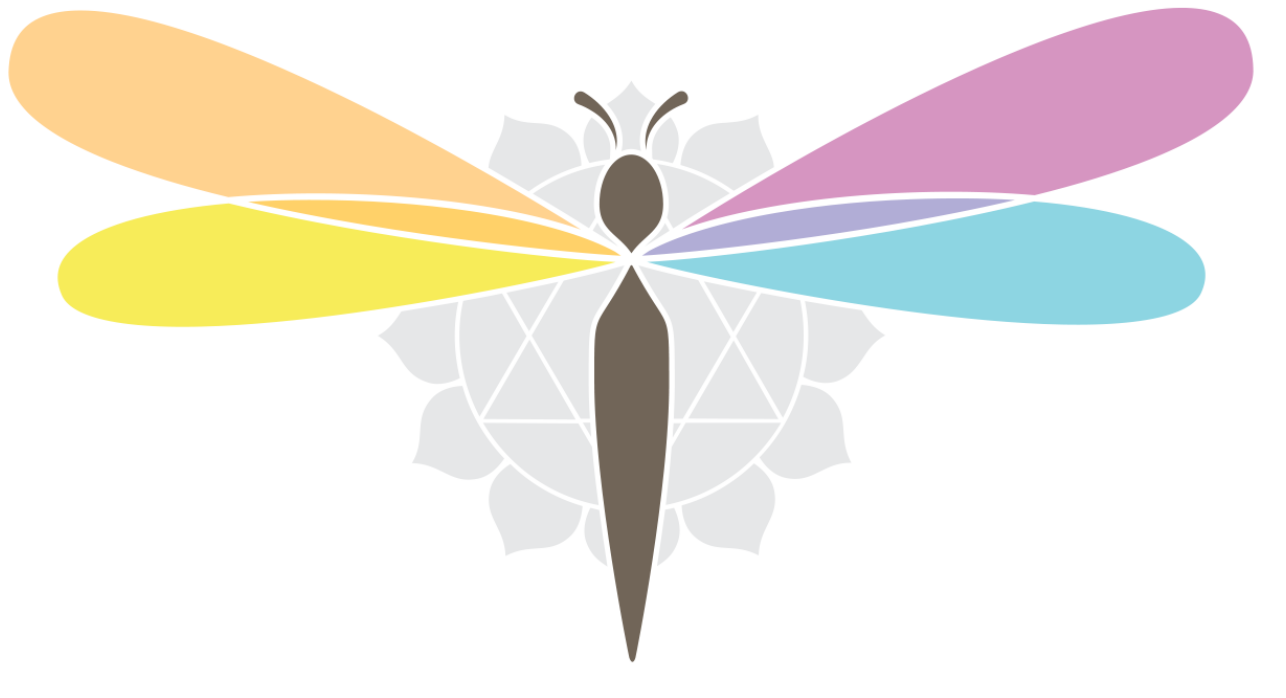What Is Red Light Therapy and Why Is Everyone Talking About It?
If you’ve heard the buzz around red light therapy but aren’t quite sure what it is or whether it’s worth trying you’re not alone. This natural, non-invasive treatment is gaining attention for its ability to support energy, reduce pain and inflammation, improve skin health, and even boost mood. But is it backed by science?
At Healing Hands Natural Health Centre, we’re always exploring safe, effective therapies that align with our holistic philosophy. Here’s what you need to know about red light therapy and why more and more people are turning to it for support.
What is Red Light Therapy?
Red light therapy (RLT), also known as low-level laser therapy (LLLT) or photobiomodulation, involves exposing the body to low levels of red or near-infrared light. Unlike ultraviolet (UV) light, which can damage the skin, red and near-infrared light penetrate the skin without causing DNA damage.
These wavelengths of light (typically between 630–850 nanometers) stimulate the mitochondria, the energy-producing parts of our cells. The result? A boost in cellular energy (ATP), improved blood flow, and enhanced healing and regeneration at the cellular level.
What Are the Benefits of Red Light Therapy?
Scientific studies have shown a range of potential health benefits from regular use of red light therapy. Some of the most relevant to our clients include:
1. Increased Energy and Reduced Fatigue
Red light stimulates mitochondrial function, helping cells produce more energy. This can support better endurance, quicker recovery, and reduced feelings of physical or mental fatigue—particularly important for those in midlife who are feeling “burned out” or low on energy.
Studies have shown red light therapy may reduce fatigue in people with chronic fatigue syndrome and improve physical performance in active adults.
2. Pain and Inflammation Relief
If you struggle with joint pain, arthritis, or chronic inflammation, red light therapy may offer relief by:
Reducing pro-inflammatory markers
Improving circulation to affected tissues
Supporting tissue repair and reducing oxidative stress
Clinical trials have shown red light therapy can significantly reduce pain in osteoarthritis, tendinopathy, and low back pain—without side effects
3. Skin Rejuvenation and Wound Healing
Red light therapy helps promote collagen production, cell turnover, and reduced inflammation, making it effective for:
Fine lines and wrinkles
Sun damage
Rosacea and eczema
Acne and scarring
Post-surgical or injury-related wounds
Studies have shown improvements in skin tone, firmness, and healing speed after consistent sessions.
4. Mood, Stress, and Sleep
Light therapy has long been used for Seasonal Affective Disorder (SAD), but red and near-infrared light also help regulate circadian rhythms, calm the nervous system, and improve melatonin production, which can enhance sleep and reduce stress.
This is particularly beneficial for clients experiencing midlife sleep disturbances, adrenal fatigue, or mood shifts related to perimenopause or andropause.
5. Brain Health and Cognitive Support
Emerging research is exploring how red light applied to the head may help improve focus, mental clarity, and memory, particularly in conditions like brain fog or age-related cognitive decline. The light appears to reduce inflammation and support energy production in brain cells.
Early studies show promise in using red light therapy to support cognitive performance and even as an adjunct for conditions like depression or dementia.
Who Is Red Light Therapy For?
Red light therapy is gentle, non-invasive, and safe for most people. It may be especially beneficial if you’re:
A busy professional with high stress and low energy
Dealing with chronic pain, inflammation, or joint stiffness
Struggling with sleep, mood, or hormone-related fatigue
Wanting to improve skin appearance or speed up healing
Seeking natural support for metabolic, immune, or cellular health
How Is It Used?
Red light therapy can be delivered through:
LED panels
Light beds
Targeted handheld devices
In-clinic sessions or approved home units
Treatment protocols vary depending on the concern. For example:
Skin issues may require 2–3 sessions per week for 8–12 weeks
Pain or inflammation may benefit from daily short sessions
General wellness can be maintained with weekly treatments
We recommend discussing your individual needs with a practitioner to develop a safe, effective routine.
Are There Any Side Effects?
Red light therapy is generally considered safe with very few side effects when used appropriately. Some people may experience mild warmth, tingling, or temporary skin sensitivity after use. It’s not recommended for use over known cancers or for people taking certain light-sensitive medications unless under professional guidance.
The Bottom Line
Red light therapy is a promising, science-backed option for middle-aged adults looking to feel better, move better, and age well—naturally. Whether you’re managing fatigue, chronic pain, skin changes, or just looking to optimise your wellbeing, this therapy may offer a gentle yet powerful solution.
At Healing Hands Natural Health Centre, we’re committed to supporting your health with personalised, holistic care. If you’re curious about how red light therapy might fit into your wellness plan, we’re here to help.
References
Phototherapy with Light Emitting Diodes https://pmc.ncbi.nlm.nih.gov/articles/PMC5843358/
Low-intensity LASER and LED (photobiomodulation therapy) for pain control of the most common musculoskeletal conditions https://pmc.ncbi.nlm.nih.gov/articles/PMC9980499/
Low-level red and infrared light increases expression of collagen, elastin, and hyaluronic acid in skin https://www.jaad.org/article/S0190-9622(19)33160-3/abstract
Effects of Exposure to Intermittent versus Continuous Red Light on Human Circadian Rhythms, Melatonin Suppression, and Pupillary Constriction https://journals.plos.org/plosone/article?id=10.1371%2Fjournal.pone.0096532
The Role of Low-Level Laser Therapy in Bone Healing: Systematic Review https://pmc.ncbi.nlm.nih.gov/articles/PMC10139216/
Mechanisms and applications of the anti-inflammatory effects of photobiomodulation https://pmc.ncbi.nlm.nih.gov/articles/PMC5523874/
Light Therapy for Myopia Prevention and Control: A Systematic Review on Effectiveness, Safety, and Implementation https://pmc.ncbi.nlm.nih.gov/articles/PMC11343011/
Effects of red light on sleep and mood in healthy subjects and individuals with insomnia disorder https://pmc.ncbi.nlm.nih.gov/articles/PMC10484593/
A 635-nm light-emitting diode (LED) therapy inhibits bone resorptive osteoclast formation by regulating the actin cytoskeleton https://pubmed.ncbi.nlm.nih.gov/23812848/


